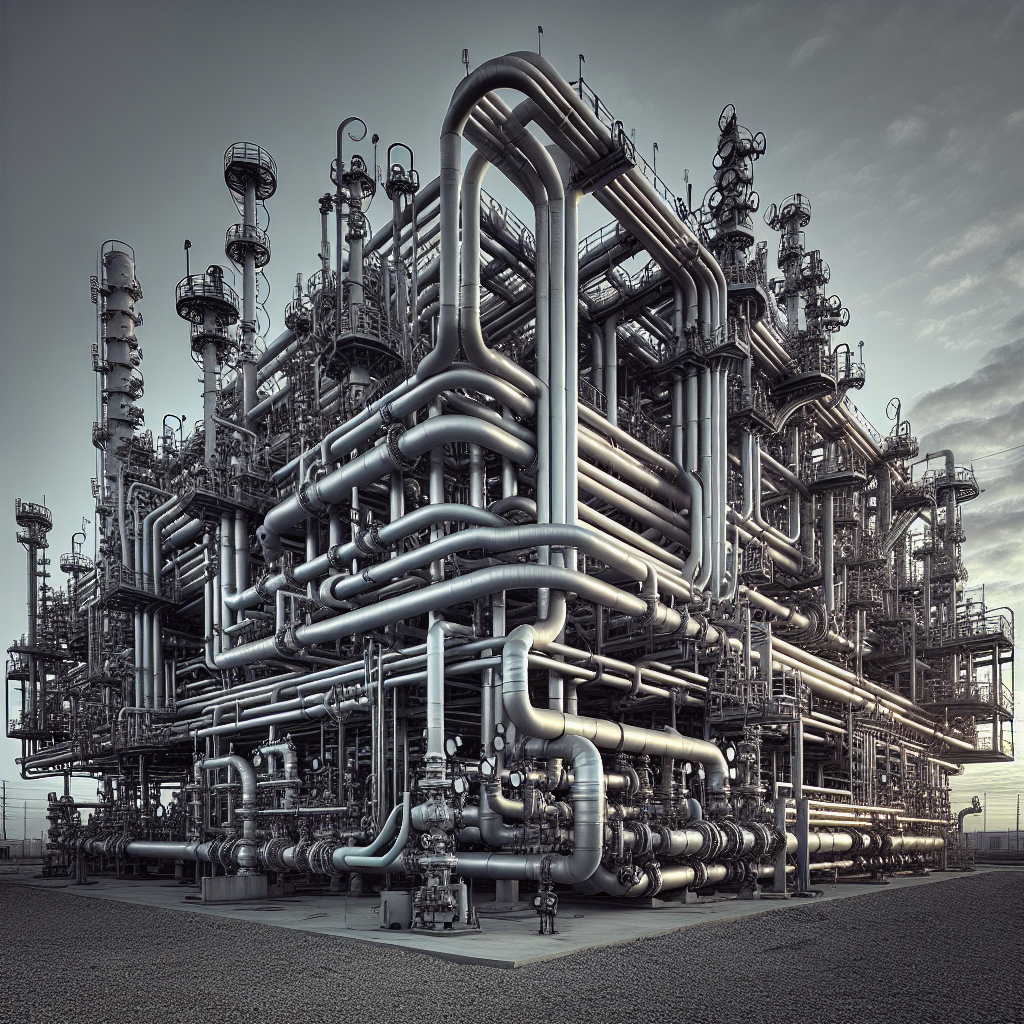Navigating the Gas Conundrum: Australia's Energy Transition Debate
Australia's energy transition involves balancing gas-fired power with renewable sources. While gas plays a crucial role in electricity generation, its environmental impact is a concern. A mix of batteries, pumped hydro, and limited gas use may be the most viable solution for maintaining energy stability and reducing emissions.

- Country:
- Australia
In the midst of a transformative energy shift, Australia faces a heated debate over the role of gas-fired power. Both major political parties acknowledge its critical function in providing electricity, particularly during peak demand times.
Despite advancements in renewable energy, the Albanese government argues for new gas sources, citing their necessity during this transition period. Meanwhile, the Coalition, if elected, plans to ramp up gas use while preparing for nuclear power adoption.
While critics push for a complete shift from gas to renewables, experts advocate a balanced energy mix: relying on gas generation for stability, alongside boosting hydro and battery storage solutions, all to ensure a secure and environmentally responsible power supply.
(With inputs from agencies.)
ALSO READ
Adapting to Climate Change: The Future of Urban Development in the Western Balkans
Access to Climate Change Information Critical for Protecting Human Rights, UN Expert Says
Climate change worsened rains in flood-hit African regions, scientists say
IFAD Calls for Increased Support for Small-Scale Farmers at COP16 to Combat Biodiversity Loss and Climate Change
The Butterfly Crisis: Climate Change's Impact on Greece's Fluttering Gems










